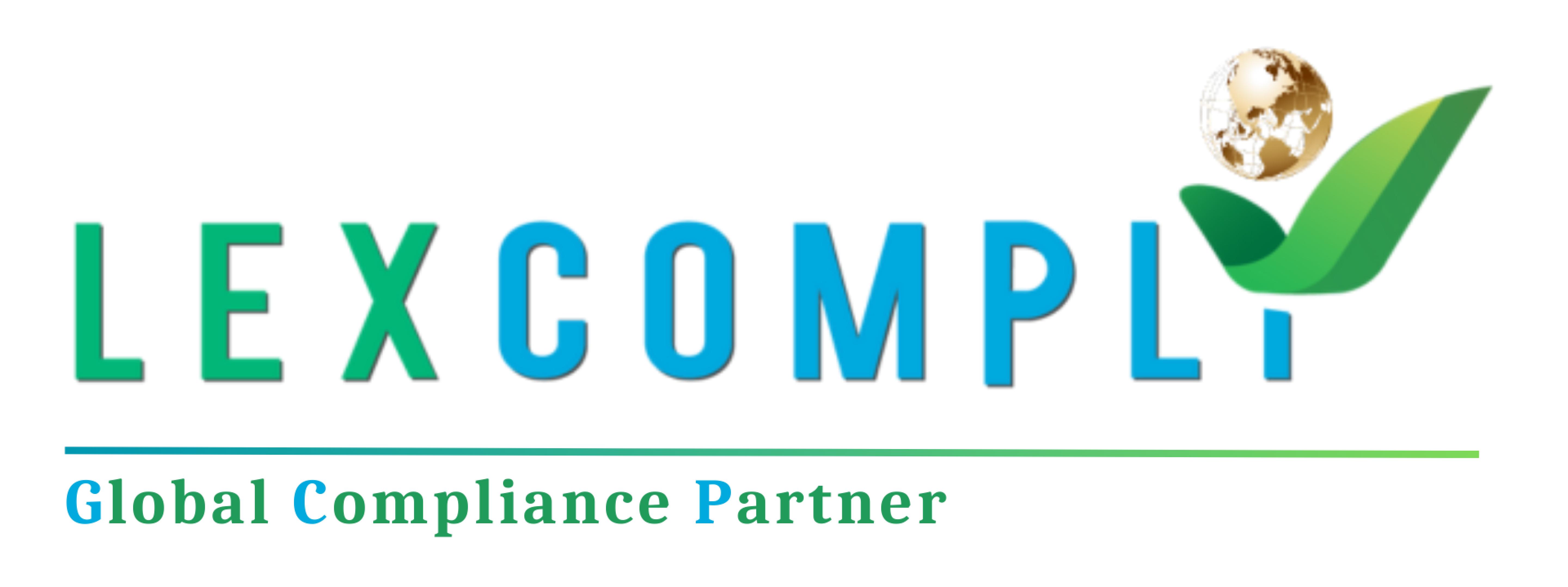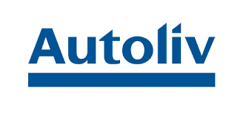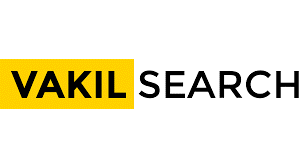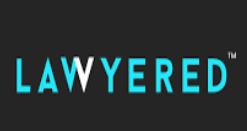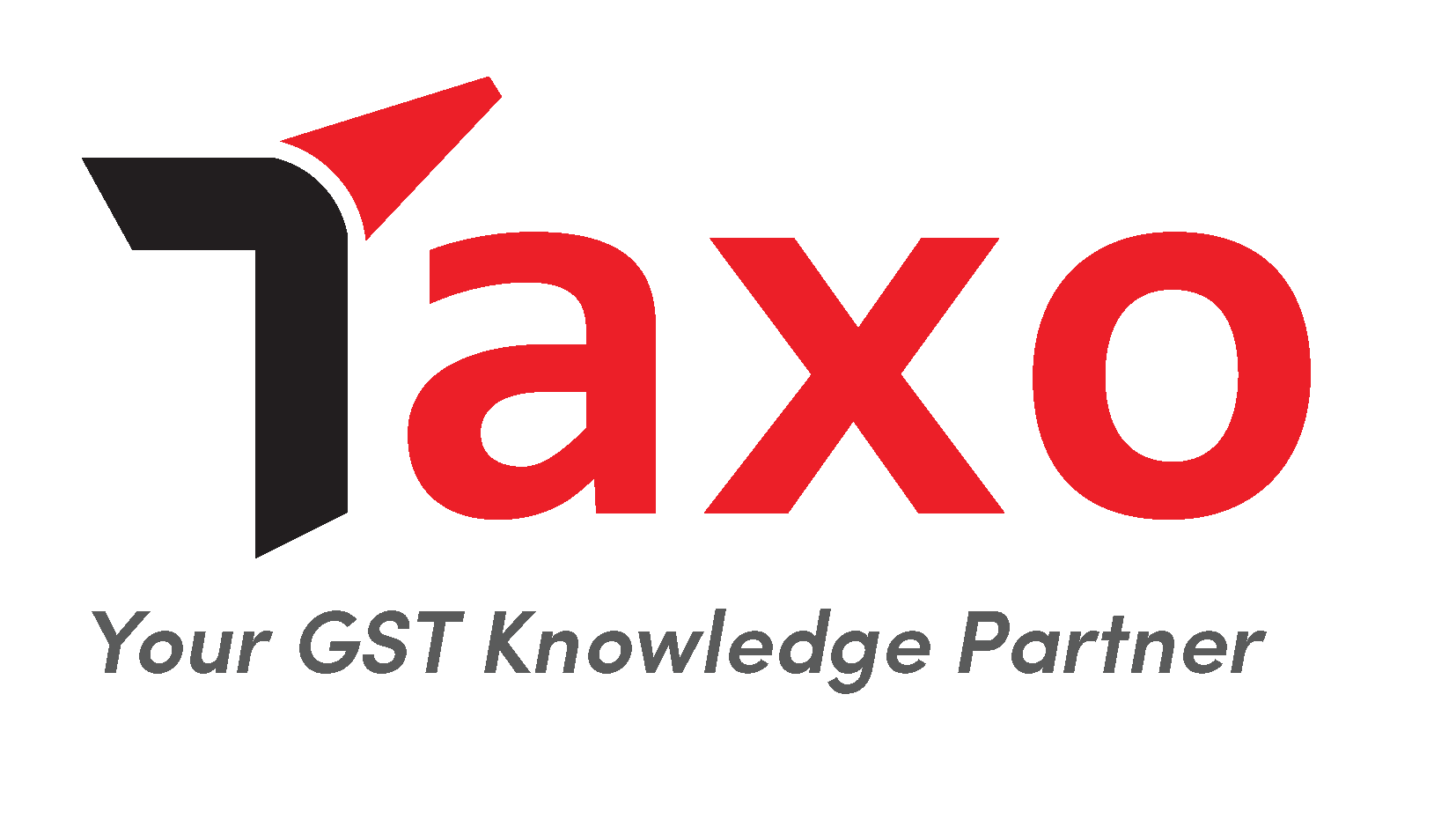Overview
In increasingly competitive and globalized business environment, organizations are striving to effectively manage full spectrum of internal and external risks comprising of strategic, operational, legal, IT, financial, etc. With increased penetration of social media and ever changing cyber security threats, not so heard earlier, brand and reputation risk have also become very critical.
Lexcomply - ERM enables organizations to implement an Enterprise Risk management (ERM) & Internal Controls framework. Risk Manager captures information such as loss events, key risk indicators (KRIs), assessment responses and scenario analysis data in a flexible and connected way. Connecting the entire risk eco system including internal and external stakeholders, it allows Risk managers to analyse risk intelligence and communicate effectively.
Supports COSO ERM Framework
COSO defines ERM as “a process, affected by entity’s board of directors, management and other personnel, applied in strategic-setting and across the enterprise, designed to identify potential events that may effect the entity, and manage risk to be within its risk appetite, to provide a reasonable assurance regarding the achievement of entity objectives”.
COSO’s guidance illustrated the ERM model in the form of a cube. The cube illustrates links between objectives that are shown on the top and the eight components shown on the front, which represent what is needed to achieve the objectives. The third dimension represents the organisation’s units, which portrays the model’s ability to focus on parts of the organisation as well as the whole.
Built on principles of COSO’s enterprise risk management (ERM) model; LEXCOMPLY - ERM can be used in different environments worldwide.
